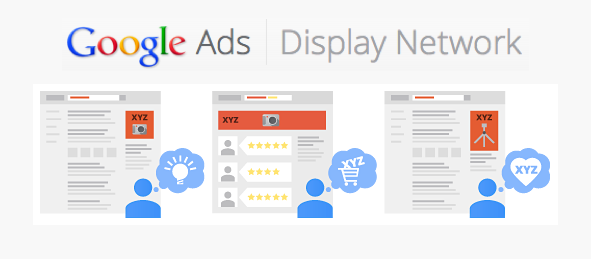Imagine you are driving to work one day, with a million things on your mind. You are nervous about the big presentation at work, worried that you will forget your wife’s birthday and about that impending loan payment. Now you breeze past that huge billboard advertising some new product, with a beaming girl’s face pasted on it. Chances are that you don’t even remember the brand or even seeing that ad. Did you even notice it?
These are only but a few of the challenges that marketers face when deciding whether to use display ads for their campaigns or not. In this choc-a-bloc age, the audience has only a very short window of time in which to see, understand and develop an interest in your product through your ads. And we are not even talking about clicking on your ads here, not to mention competing with thousands of other products in the finite ad space.
In all seriousness, while completely redirecting the attention of your audience may not be the best way for advertisers focusing on OOH, it becomes imperative for advertisers using display ads in the digital medium.
In this blog, we will look at 5 of the ways we have seen that work when it comes to making engaging and thereby successful Google Display Ads.

Tip 1: Choose the location of the ads very carefully
The most basic rule is - if your ad is not relevant, it will never be successful. Simply put, choosing which websites and pages your ad should appear on becomes a very important decision. This might result in your marketing efforts being defeated even before they have begun.
- The relevance of the ad - Choose to display your ads on websites and pages that are similar or closely associated with your industry, company, product or service.
- Be where your audience is - Be sure to place your ads on websites or pages where your target audience frequent or are consistent with their interests. This requires you to spend considerable time researching your TG thoroughly.
Tip 2 : Position your ads in a way to grab maximum eyeballs

Attention, unfortunately, is not guaranteed even if your ad is highly relevant. So to increase the chances of your brand to engage with a potential customer, your ad needs to have high view-ability. Some of the successful display ad positions are:
The top - These are known as pushing down banner ads because they give you more space for your message as they can move the content of the web page down. These ads receive the most attention as your eyes are typically drawn to the top of the page first.
- Above the fold - They are visible without having to scroll down the web-page and “run of site” ads can be set to display anywhere.
- The right-hand side - The ads in this position have higher visibility but lower CTR.
Tip 3 : Attractive images and catchy content
An eye-catching and attractive image can help grab the attention of your users and can draw attention away from the web page and onto your ad. For this, the image and colors you choose for your ad become crucial.
After grabbing their attention using attractive images, it becomes even more important to give your ad that much sought-after, but disappointingly brief, glance at what you have to offer. This is how catchy content can coax clicks (alliteration much? ). The space limitation should not be a constraint, instead, it should be viewed as an opportunity to convey your message in the most interesting and concise way possible. It is important to incite curiosity by providing just about the right dose of information by being creative, engaging and direct.
Tip 4 : Using an effective ‘Call-to-Action’
Now come the hard part after getting the user’s attention and making them click. How do you ensure your hard work up to this point pays off into a conversion, which was the main purpose in the first place! The ‘call-to-action’ that you use must clearly state what action you want the user to take which will make him convert.
- Decide the purpose of your display ad (i.e, what you decide the conversion is) before the ‘call-to-action’ is written and the ad is published.
- Give a clear picture to the users where their click will be redirecting them to. So for example, if your conversion is a subscription to your blog or newsletter, then ‘Subscribe Now’ can be deemed to be an effective CTA. this ensures that not only conversions are increased but the users expectations are also met.
- Ensure the CTA is of appropriate size and design. It should neither be so large that it overwhelms the whole display ad nor should it be so small that it gets lost in your ad landscape.
Tip 5 : Ensure your landing pages are of the highest quality
So you have got everything in place and now you have that all coveted click. But if that click redirects the users to a poorly designed landing page, chances of them staying there long enough to convert are slim to none. Successful landing pages ought to be:
- Optimized for conversions - they should be prominent. If the goal is lead generation, then the form should be prominently displayed above the fold.
- Quality - The content and design of the landing page should be consistent and up to the level of service that you promise.
- Navigational - Organise the landing page in such a way that it makes it easier for the user to navigate and engage.
- Simple - Over complicated and cluttered landing pages rarely convert in our experience. Instead of bombarding the users with too much content or too many links upon landing, it is useful to be straightforward and use what you want to say and make the user do on the page a.k.a click on your conversion tabs and links.
- Quick to load without any glitches.
These are the 5 most important tips to get your display campaigns up and running.
If you have any other tips that you think are very important, then please share them in the comments section below and we can discuss them.
Please subscribe to our newsletter for more such interesting blogs and case studies.
Happy Marketing!











Leave a comment
Comments (0)
Be the first one to comment.